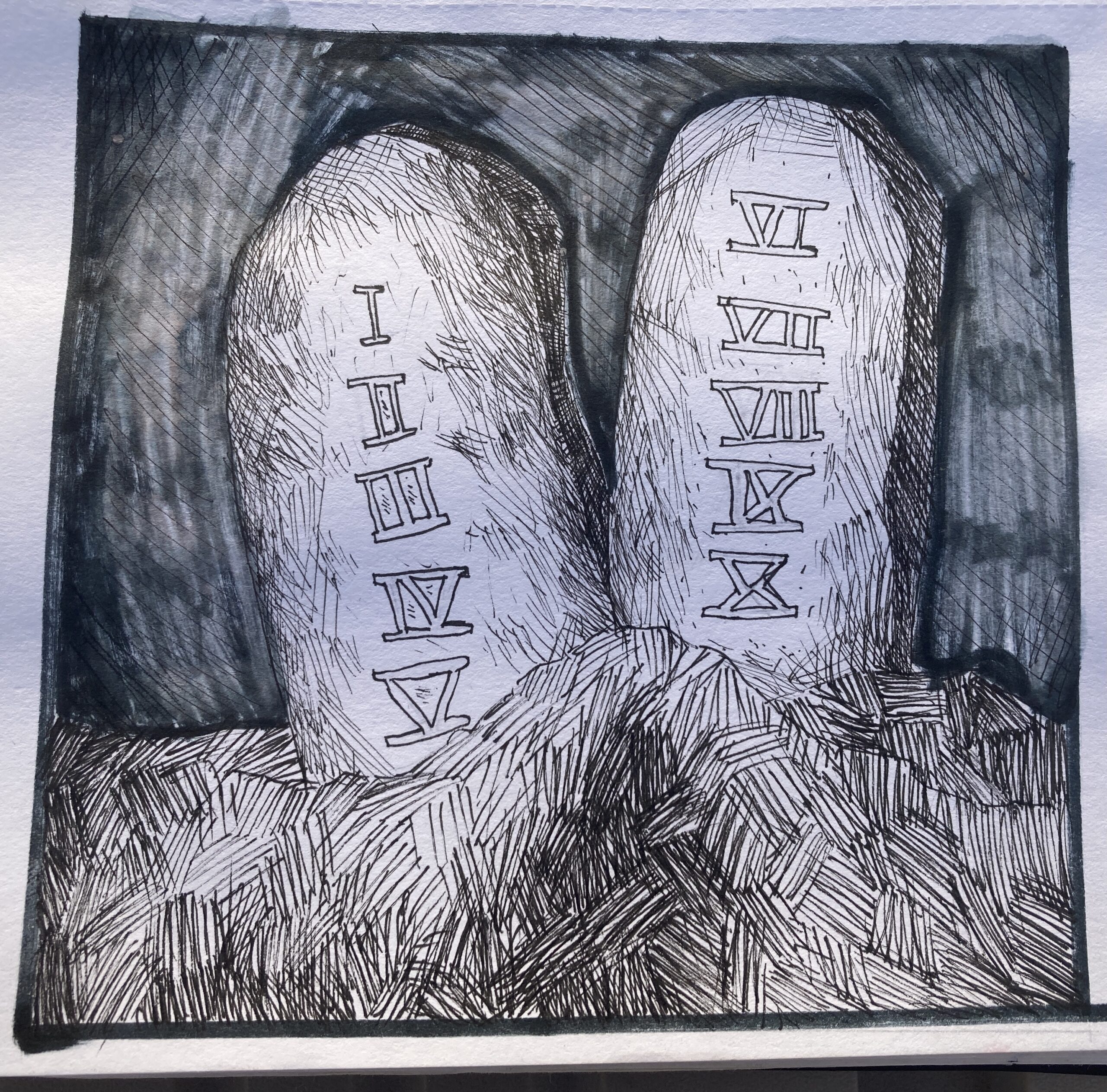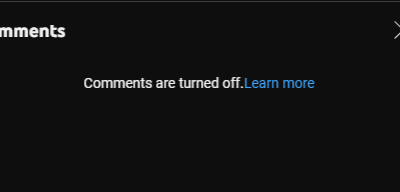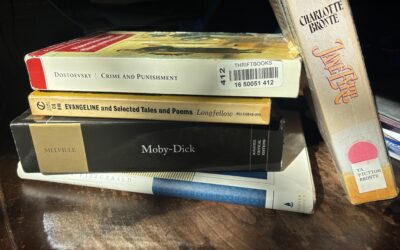Moses
Just the gist (for small children and others with tiny attention spans):
The Israelites became slaves in Egypt. A Hebrew (Israelite) baby named Moses was saved when his mother put him in a basket and floated him down the Nile, from which he was rescued by the Egyptian princess. Later, God appeared to him in a burning bush and told him to tell Pharoah to free the Israelites. God sent ten plagues on Egypt to encourage the Pharoah to let the Israelites go. Moses helped the Israelites escape Pharoah’s clutches after the Passover by parting the Red Sea and also brought the Ten Commandments down from Mount Sinai. He spent 40 years wandering in the desert with God’s people before bringing them to the Promised Land. But not into the Promised Land.
For those that can handle just a bit more:
400 years later…
Joseph and all of his brothers had passed away but their children had children and their children’s children had children and their children’s children’s children had children and the Israelites grew strong in number. This made the new pharaoh nervous about a possible uprising so he had them all enslaved and sent out a decree that every Hebrew baby boy should be cast into the Nile (Exodus 1:22). Hebrews were the peoples descended from Eber, Shem’s grandson. Therefore, all Israelites were also Hebrews.
One Hebrew woman gently put her baby boy into a basket and floated him on the Nile hoping some miracle would save his life. The basket was found by Pharaoh’s daughter while she was taking a bath and she adopted the baby and named him Moses. Even better than his mother had hoped, Moses’s life was not only saved, he also had a royal upbringing and education. He was doing pretty all right until he saw an Egyptian beating a Hebrew slave, one of his people. He killed the Egyptian and ended up having to flee for his life when news of the murder reached the ears of Pharoah.
He fled to Midian where, at a well, he met the 7 daughters of the local priest. Since this is the Old Testament and he met her at a well, one of those gals ended up as his wife. He married the one named Zipporah, had a couple of sons and settled into keeping the flock of his father-in-law, Jethro.
He lived as an exile for 40 years when God appeared to him in a burning bush that burned but was not consumed by the fire. (Exodus 3:2) God asked Moses to talk to Pharoah about setting his people, the Israelites, free from their slavery and letting them leave Egypt.
“Can I get your name?” Moses asked, so that he knew which God was addressing him. For humans believed there were many gods back then.
“I Am Who I Am,” God said. (Exodus 3:14) Which meant, he was the God above everything, especially above all false gods. “I am the God of Abraham, the God of Isaac and the God of Israel nee Jacob.”
Having some sort of speech impediment or fear of public speaking, Moses was a little nervous about going before Pharoah and asking him to free a large portion of his slave class. Always willing to help, God sent along Moses’s brother Aaron as a kind of press secretary to help with the speaking. God also gave Moses a rod that would do some pretty cool stuff to help convince the Egyptian king to let the Hebrew people go.
Moses and Aaron stood before Pharoah and asked for the release of God’s people. They even won a miracle-off with Pharoah’s sorcerers, but the pharoah refused. (Exodus 7:8-13)
“I guess we’ll do this the hard way,” God probably said and sent ten plagues to show that he was serious and also that he was bigger and better than the Egyptian gods (Exodus chapters 17-12).
- 1st Plague – the Nile turned to blood (Take that Hapi, god of the Nile)
- 2nd Plague – Frogs (Take that, Heket, goddess depicted as a frog)
- 3rd Plague – Gnats (Take that, unknown god or goddess that somehow involved gnats?)
- 4th Plague – Flies (Take that Uatchit, the god that manifests himself as a fly)
- 5th Plague – Death of Livestock (Take that Apis the bull god and Hathor the cow goddess)
- 6th Plague – Boils and Sores (Take that Shekhmet, goddess of disease control)
- 7th Plague – Fiery Hailstorm (Take that Nut, goddess of the sky)
- 8th Plague – Locusts (Take that Senehem, god of pest control)
- 9th Plague – 3 Days of Darkness (Take that Re, Atum and Aten, the gods of light and sun)
- 10th Plague – Death of First-Borns (Take that Osiris, god of life and patron of Pharoah)
With the final plague, God also instituted the Passover and the Feast of Unleavened Bread. (Exodus 12:43 – 13:10). These became annual memorials. Passover is to remember God’s deliverance from the enslavement of Egypt and is celebrated with roasted lamb, unleavened bread and bitter herbs. The Feast of Unleavened Bread begins with Passover and is six days of eating unleavened bread in commemoration of Israel’s hurried rush to get out of Egypt, allowing no time for bread to rise.
The night of the actual Passover, the Israelites were to take the blood from the slain, unblemished male lambs and use a Hyssop branch to paint their doorways with it. This marked their home so that when the Lord sent the angel of death to take the first-born, the houses with the painted lamb’s blood would be passed over and protected from the tenth plague.
Every first born in an unmarked home was slain from Pharoah’s first born, to the janitor’s to even the cattle’s. With this final plague, Pharoah finally took Moses’s God seriously and let God’s people go. As they left, the Egyptians threw their riches at the Israelites so as not to further offend their God.
God led his people out to the Red Sea as a pillar of cloud by day and a pillar of fire by night in order that the Israelites could see where they were going (this was a precursor to GPS). Pharoah, not great at knowing when he’d been licked, changed his mind and decided to take his army and go get his slaves back. God, going for the TKO, had Moses hold up his rod to part the Red Sea. The Israelites crossed through the parted water and once safely on the other side, Moses let the water down again just as Pharoah and his army were passing through, killing them all, including the hard-hearted king. (Exodus 14)
The journey to freedom wasn’t easy and the Israelites were murmurers which is Bible talk for thankless complainers. First they complained that the food was better in Egypt, so God sent them heavenly bread every morning called Manna and pheasants at night so they’d have meat.
Having success with their complaining about food, they next murmured about not having any water. God had Moses hit a stone and fresh water sprung forth.
They eventually reached Mount Sinai and camped at its base so that Moses could go up on the mountain and have chats with God. He came down with a glowing face and the Ten Commandments (Exodus 20) which are as follows:
- I am the Lord your God, you shall not have other gods before me
- Don’t take the Lord’s name in vain
- Keep Holy the Sabbath Day
- Honor your mother and father
- Do not murder
- Do not commit adultery
- Do not steal
- Do not bear false witness against your neighbor
- Do not covet your neighbor’s wife
- Do no covet your neighbor’s goods
Covenant Alert! The Sinai covenant was made when Israel agreed to obey God’s commandments, got oxen blood thrown all over them (a form of sealing agreements back then. It was a precursor to the pinky promise) and then had a meal with God.
It didn’t take long for the honeymoon to end. The first time Moses dilly-dallied a little too long at the top of Mount Sinai (40 days), the Israelites assumed the worse and decided they better make a god since the other one was taking too long to get back. The melted all their gold down, made a calf out of it and worshipped it. God and Moses were pretty mad. Moses broke the tablets he was carrying, burnt and ground up the golden calf and made the idolators drink it. The episode also brings about a shift in the priesthood from the first-born sons of all the tribes being consecrated to God to priests only coming from the tribe of Levi (the Levites) on account of their zeal for God during the episode (Exodus 32:28-29).
Once the idolatry was all cleaned up (for now) and the covenant renewed (with quite a few more rules), God gave His people very detailed plans for his house, the Tabernacle. When it was finished, God moved in so he could dwell, visibly, amongst his people.
Mount Sinai was great, but it was time to pack up and head to the Promised Land (promised way back when to Abraham and his descendants). Unfortunately, most of the Israelites did not have the faith they needed to take the Promised Land, so God had them wander around the desert for 40 years until the faithless generation passed away and a newer, more faith-filled generation was catechized and prepared to take their heritage.
Just a little FYI: In the Book of Numbers (24:17), a curious incident occurred. A pagan diviner named Balaam was sent by the pagan king of Moab to curse Israel but ended up being used as an instrument of God’s to speak blessings to Israel. It ends with him forseeing a great king of Israel announced with the sign of a star. (Look for that star on Day 25!)
Christmas for Beginners is now available in book form! Click here to take your Advent readings Old School.





Excellent summary! I more than enjoyed the fast flow while you still maintained the storyline along with the well placed humorous pops that keep us engaged !